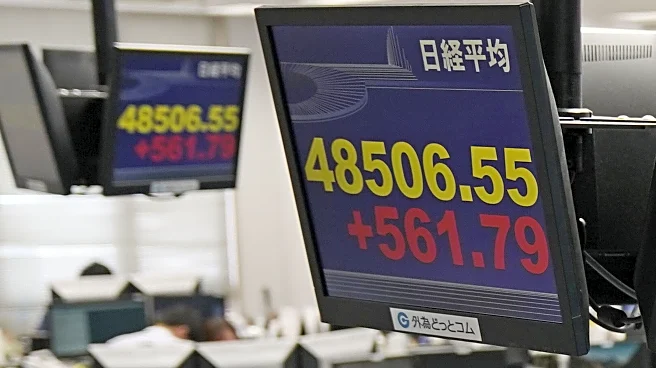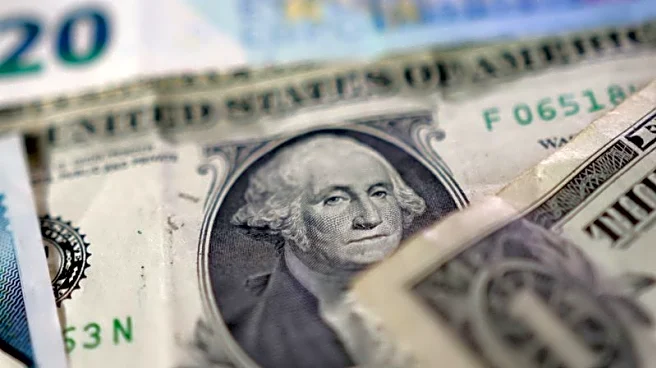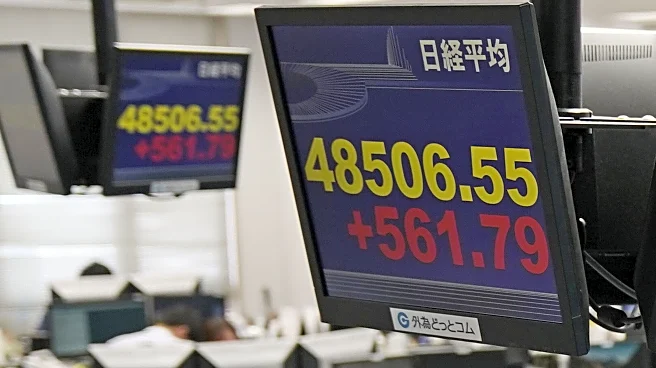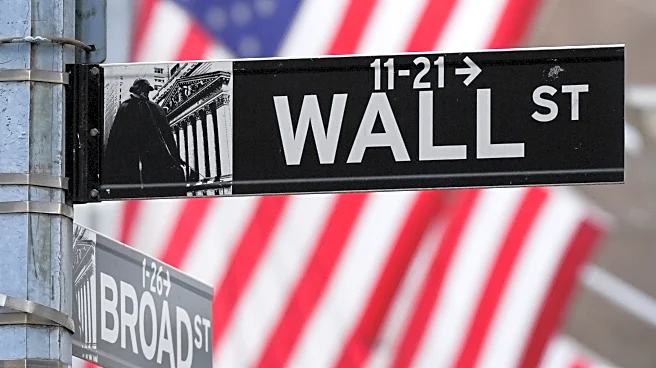By Yuka Obayashi
TOKYO (Reuters) -Japan's food self-sufficiency ratio remained at 38% in the 2024/25 fiscal year ended March 31, unchanged from a year earlier and below the government's 2030 target of 45%,
the agriculture ministry said on Friday.
The figure -- one of the lowest among developed economies -- underscores Japan's vulnerability to food security risks at a time of heightened geopolitical tensions, global fragmentation and increasingly unstable weather.
The self-sufficiency ratio, which measures the share of calories consumed that are produced domestically, was supported by higher sugar output thanks to increased beet and sugarcane production.
But those gains were offset by lower yields of wheat and weaker production of soybeans, vegetables and seafood due to unfavourable weather conditions such as high temperatures, the Ministry of Agriculture, Forestry and Fisheries (MAFF) said.
The ratio has hovered between 37% and 39% over the past decade despite government efforts to boost output of imported staples such as wheat and soybeans.
To achieve the 2030 target, Japan aims to improve labour and land productivity through the use of advanced technologies to raise grain and vegetable output, a ministry official said.
By comparison, food exporting nations Australia, Canada, France and the United States have self-sufficiency ratios above 100%, while Germany's stood at 79%, Britain's at 59% and Italy's at 52% in 2022, according to the ministry's estimate based on the latest available data.
Japan's self-sufficiency rate on a production value basis rose 3 percentage points to 64%, the highest in 4 years, boosted by higher prices of rice, vegetables and livestock products.
Still, the farm sector faces mounting challenges from an ageing population, a shortage of successors and shrinking farmland, while consumer tastes have been shifting away from rice towards meat and oil-based foods, reflecting Westernised diets.
(Reporting by Yuka Obayashi; Editing by Sam Holmes)












